6. What Happens at The Mill?
Part of People Making Things Happen, a Big Lottery funded project exploring the history of The Mill.
Oral History extracts
Scroll down for transcripts
1. Charlotte Major
Various people would take the lead on different events. So Tash’s events were always Star Wars Day and Halloween, and it would be brilliant because everyone would get so dressed up, there is a, one of my favourite pictures, I was a Stormtrooper, the shortest Stormtrooper you’ve ever seen wearing flip flops. I think Tash was Leia. She was Princess Leia, and there was, there was a wookie walking around and there was Darth – And I remember this really clearly because there’s this fantastic picture of us all. And I know that, that Sue would always do the Christmas events. And Isabel always did sort of plants, plant sales around kind of Earth Day. Oh, and Adele and Gudrun would always, they always ran the Mill quiz, which I love. I always came to as a punter. I just thought it was such a wonderful, wonderful night. Oh, and Sue would always run Apple Day as well. And it was just this really vibrant, lovely.. and there was so many traditions with it. Like I know the Ferry Boat Inn used to let the guys go down and and pick all their apples that were falling from the tree in their garden for our Apple Day. And Organic Lea would lend us the apple press for the day. And it would all be set up outside. And it was just so lovely seeing all of these different groups of people coming together to make this day happen.
2. Ingrid Abreu Scherer
Mr Mensah, who cut the ribbon at The Mill’s opening, his daughter Jenny set up the book club here, very casual, very kind of invisible in many ways from the rest of The Mill because it happened in the evenings when we were mostly closed, and also they were quite self-contained, they’d go off and read something for three weeks and then come back and talk about it the fourth week, and so they’ve just been quietly doing that for ten years, which is why on our tenth birthday we asked Jenny to, we asked Jenny to cut the cake with Mo to celebrate that she’d been around for such a long time.
3. Jenny Mensah
I walked in on one of the open days, and I bumped into someone, it might have been Mo, and she said, ‘Okay, do you fancy doing something for the Mill?’ And I said ‘well, I want to join a book club, really.’ And she was like, ‘we don’t have a book club.’ So it was sort of like ‘okay, well maybe I’ll just make one.’ So it just came from me walking in one day to suddenly deciding that I was going to start this book club. And I printed out posters and put them all around Walthamstow, and it started and you know the rest of that as they say is history. I started the book club 10 years ago now, and it’s been going pretty strong throughout, and it’s really positive I’ve got friends that I’ve known for 10 years, they’ll probably be my friends for life now.
4. Helen Johnston
Something as simple as the knitting group, how much just that having that one thing in people’s lives, brings a really interesting group of people together, even though they’ll probably say they haven’t done much, all sorts of interesting stuff has come out of that group. Whereas on paper, it’s just a knitting group. But it’s not, because it’s so many other things as well, for the people that are involved in it.
5. Frauke Dobers
I vividly remember the knitting group with a lot of nice people knitting during the day, I think once a week or twice a week. So they were really welcoming and helping out. And I was just starting knitting. So it was really nice. And I could chat to different people and also getting to know different people from different generations and from different cultures. Step by step, I think a lot of people came up with ideas, and then just initiated the groups and realised that it could actually work that you just have an idea and you find people who are interested in the same thing, and you just start the group.
6. Hilary Davis
When the Mill have a function like Christmas or midsummer fair, or the birthday party, we have a large table and we set out everything there that we’ve made. And each year it’s amazing. One of the ladies who came when we did the nine square panel to hang in the reception, she came and stood there and looked at it, and she just burst into tears and I said ‘oh gosh are you alright?’ and she said ‘I have never ever made anything and have it seen hanging on a wall.’ And that really sums up what it’s all about, doesn’t it? And it’s inspiring the confidence for them to do things and then to go on their own little journeys in their own different ways, making things, adapting things. And for me, it’s, it’s lovely to see the response.
7. Adele Tinman
David Gardner, my neighbour, and myself we met at Waltham Forest College. And they did a short course for older people in the borough, on radio presentation. And so David and I met, and through that, through knowing him and a couple of other people, we started Mill Radio. David, who is a whizz at recording things, would come along with various recording equipment, bits and pieces and we’d all sit around and talk about things happening locally, and obviously at the Mill, and then we’d have guests, local guests to come in and have a chat.
8. Mo Gallaccio
Picking up on the fact that sometimes you would see someone who was obviously going through a bit of a bad time, feeling a bit wobbly, and maybe have the chance to sort of sit down and have a bit of a chat with them and I believe that if you’re being a bit creative then you’re less likely to be bored and if you’re not bored, you’re less likely to be depressed, so I gradually started to encourage everyone to make art, to make work, and I started organising group art shows. I said, “what I’d like do is I’d like to take over the living room and the walls in the living room and make sure that they’re not bare and that there’s work up there.”
So when we opened I organised the very first show that we had, it was a children’s art exhibition of photographs of the Coppermill area. Fabien, a fantastic photographer, he and I took a group of six and seven-year-olds out with disposable cameras and they took photographs of houses up and down towards the marshes, the geese at the marshes, the oranges in the International Supermarket, the trolleys, various people sitting on benches, and all sorts of things which were of interest to them, and they really took to it and we developed their photographs and put them on the wall, and that was the very beginning. And then the Art Trail came just after that so we had an open call for the Art Trail and I think we got about thirty or forty pieces and so from then on, the walls of the living room have been decorated by work that either the local community has made itself, or exhibitions that were of interest to the local community, so it’s always been very much a community venue.
9. Sue Grant
I love seeing the toddlers, and hearing them, even when they’re having a meltdown and a ‘terrible twos’ tantrum. And I began to feel part of my community. And gradually, Tash asked me, the first thing she asked me to do was, would I mind, would I like to take on organising an Apple Day, which for a previous three or four years, I think, had been a regular Mill event. And my background was in admin, organising conferences and things like that, so I took that on, and then got more and more involved in various events.
10. Clare Coghill
I have certain skills, I can’t teach knitting, I can’t teach crochet, I don’t have any children. I don’t have babysitting qualifications. There’s loads of stuff that I can’t do, I realised that one thing that I could do is chat to people and listen to them. So I set up a little English conversation class. And we had people from Italy, from Bangladesh, there was a chap who was not very long arrived from Pakistan, who was actually a qualified pharmacist, and he really needed help to get through his English language qualifications. Also, a great cook, shared a flat with other young men from the same part of the world, also great cooks. So they got involved in the community that way. But yeah, talking and listening, I thought were my skills. But we even had people who had we had one person in particular who had English as a first language who came to those conversations as well. But she expressed to me that she was just so lonely, she was worried that she was going to lose her ability to communicate with people. And that’s why she was there. So it showed that The Mill, we knew that The Mill needed to exist, but we didn’t understand, or I didn’t understand the extent and the depth of that need until the doors opened.

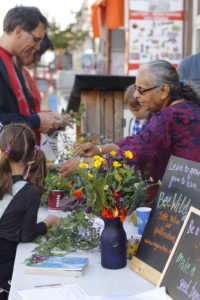
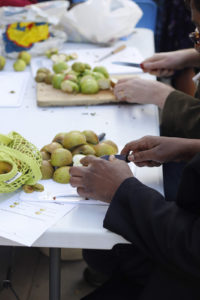
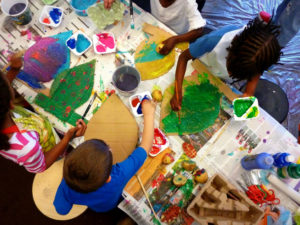
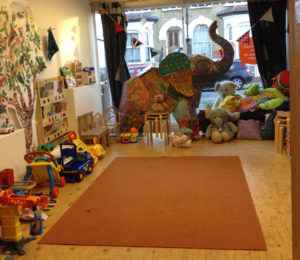
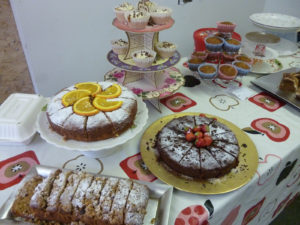
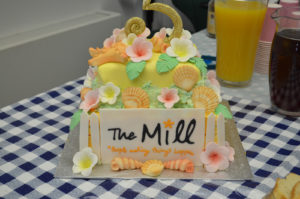
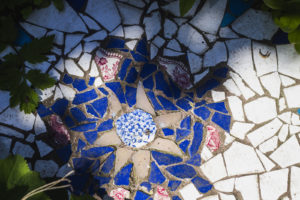
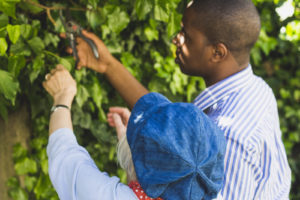
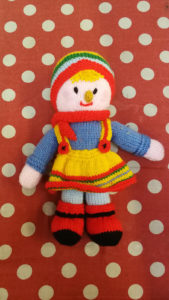
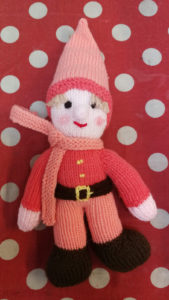
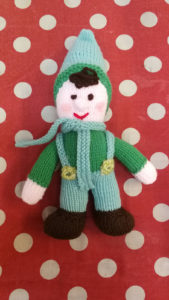
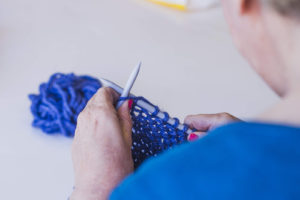
 Follow
Follow